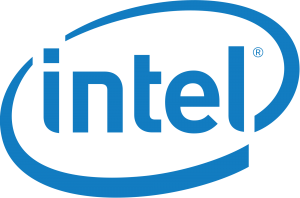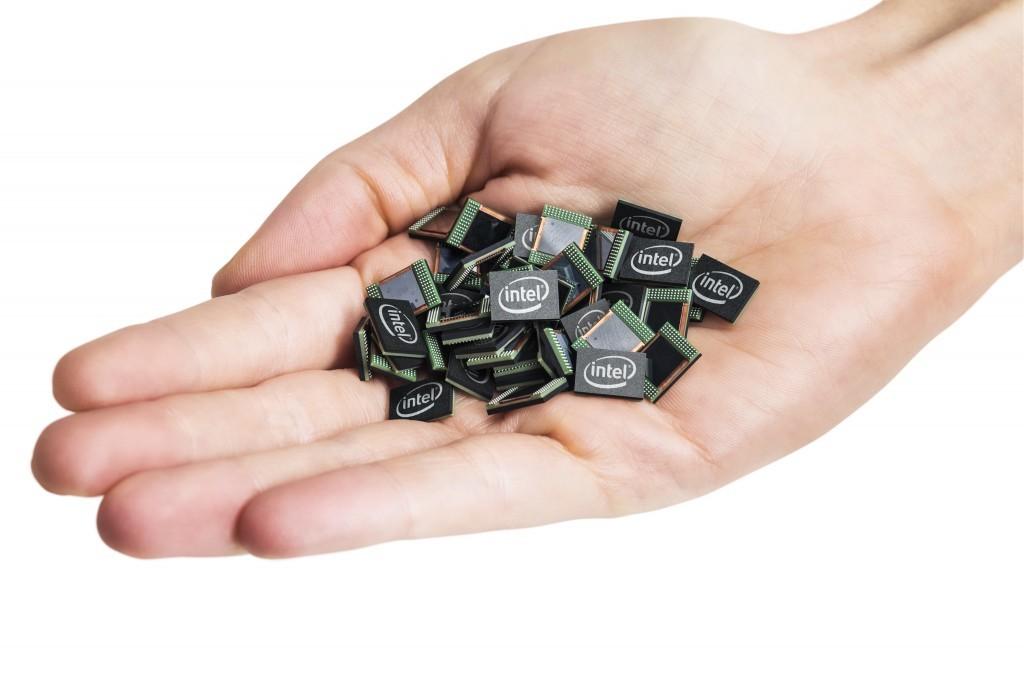 There’s little question that the current technological revolution is a positive thing, to say the least. 3D printing, robotics, virtual reality and the Internet of Things are improving lives, saving lives, and creating jobs, with seemingly no limit in sight. As with every good thing, however, there are downsides, as 12,000 Intel employees learned last week when the multinational corporation announced that mass layoffs would be implemented at the end of May. It’s not that Intel is suffering, but as so many long-successful companies are discovering, they need to act fast to prevent becoming obsolete.
There’s little question that the current technological revolution is a positive thing, to say the least. 3D printing, robotics, virtual reality and the Internet of Things are improving lives, saving lives, and creating jobs, with seemingly no limit in sight. As with every good thing, however, there are downsides, as 12,000 Intel employees learned last week when the multinational corporation announced that mass layoffs would be implemented at the end of May. It’s not that Intel is suffering, but as so many long-successful companies are discovering, they need to act fast to prevent becoming obsolete.
To that end, Intel has been doing great. Their RealSense technology has been explosive, revolutionizing everything from smartphones to gaming, while their incredible Curie module has been used to create everything from mood-sensing clothing to virtually pyrotechnic theatrical performances. Intel is as much on the technological cutting edge as anyone, but that means turning away from what used to be their bedrock – the personal computer. The global market for PCs is continuing to drop, so Intel CEO Brian Krzanich smartly planned ahead a couple of years ago when he began turning the company towards new tech like data centers, the Internet of Things and 3D technology.
Restructuring, unfortunately, nearly always means significant layoffs as experts in older technologies – in Intel’s case, PC experts – suddenly find themselves without relevant work. The boom in new technology throws open doors for many recent graduates and young experts, which is very welcome after the economic downturn that left so many college grads without anywhere to go. The job losses are less talked about, but they’re a significant side effect of technological revolution.
At the recent TechFestNW in Portland, Oregon, the Intel layoffs were on the minds of many, as 784 of the jobs being cut were located in Oregon. Portland native Anarghya Vardhana of venture capital firm Maveron, who spoke at the conference, foresees a lot more restructuring for major technological corporations in the future, for better or worse.
“As an investor, when I think about the ecosystem and startup emerging in the sphere, I think we will see structural changes at these companies,” Vardhana said. “Companies are restructuring to be at the cutting edge of what consumers are needing and wanting.”
Vardhana is an expert on “frontier technology,” so it’s apt that she served as a judge at the recent Frontier Tech Startup Showdown at Inside 3D Printing New York, as well as at the Inside 3D Printing Startup Competition in Santa Clara a few months prior to that. Her career is focused on finding and investing in the newest and brightest stars in consumer technology, so she has an inside look at which direction the future of business is going. Some of those startups may turn into the giants of the future, so today’s giants need to stay one step ahead.
Several of those major corporations have already taken the initiative to push frontier technology, such as Google with Google Cardboard and Apple with their eventual (maybe?) 3D printer. Layoffs are undoubtedly forthcoming – and in many cases, already happening – as more and more companies find themselves having to look in new directions. Speaking of Apple, it looks as though iPhone production is on the decline – more evidence that companies’ defining products won’t be what sustains them into the future.
Yes, restructuring means job loss, but if a company folds due to its becoming obsolete, that means a lot more job loss. Even the biggest and most successful companies aren’t indestructible, and they could be unseated by new startups and upstarts more quickly than they expect. So as difficult as it is to see so many jobs erased in an instant, Intel ultimately has the right idea – they’re doing everything they need to do to survive in the new frontier. Discuss in the Intel Layoffs forum over at 3DPB.com.
[Source: Portland Business Journal]Subscribe to Our Email Newsletter
Stay up-to-date on all the latest news from the 3D printing industry and receive information and offers from third party vendors.
You May Also Like
Gorilla Sports GE’s First 3D Printed Titanium Cast
How do you help a gorilla with a broken arm? Sounds like the start of a bad joke a zookeeper might tell, but it’s an actual dilemma recently faced by...
Nylon 3D Printed Parts Made More Functional with Coatings & Colors
Parts 3D printed from polyamide (PA, Nylon) 12 using powder bed fusion (PBF) are a mainstay in the additive manufacturing (AM) industry. While post-finishing processes have improved the porosity of...
$25M to Back Sintavia’s Largest Expansion of Metal 3D Printing Capacity Since 2019
Sintavia, the digital manufacturing company specializing in mission-critical parts for strategic sectors, announced a $25 million investment to increase its production capacity, the largest expansion to its operations since 2019....
Velo3D Initiates Public Offering in a Bid to Strengthen Financial Foundations and Drive Future Growth
Velo3D (NYSE: VLD) has been among a number of publicly traded 3D printing firms that have attempted to weather the current macroeconomic climate. After posting a challenging financial report for 2023,...

































